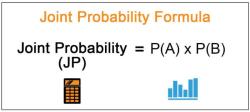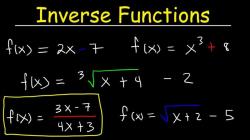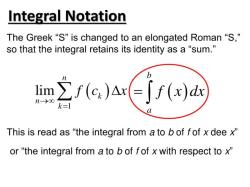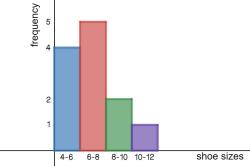How to solve a quadratic equation by factoring?
Solving a quadratic equation by factoring involves finding the values of the variable (usually "x") that make the equation true. Here's a step-by-step method for solving a quadratic equation by factoring:
Step 1: Ensure that the equation is in standard quadratic form, which is "ax^2 + bx + c = 0." If it's not in this form, rearrange the equation so that one side is equal to zero.
Step 2: Factor the quadratic expression on the left side of the equation. You're looking for two binomials that, when multiplied together, give you the quadratic expression. This step involves finding two numbers (let's call them "p" and "q") that satisfy the equation:
"p * q = a * c" (the product of the leading coefficient "a" and the constant term "c").
Step 3: Rewrite the middle term "bx" in the equation as the sum of two terms using the numbers "p" and "q" you found in Step 2. The equation will now look like this:
"ax^2 + px + qx + c = 0"
Step 4: Group the terms and factor by grouping. Factor out the greatest common factor (GCF) from the first two terms and the last two terms. This should give you a common binomial factor in both groups.
Step 5: Factor out this common binomial factor from both groups, and rewrite the equation:
"(ax^2 + px) + (qx + c) = 0"
Now, factor out the common binomial factor:
"x(ax + p) + 1(qx + c) = 0"
Step 6: Factor out "x" from each binomial factor:
"x(ax + p) + 1(qx + c) = 0"
Step 7: Set each binomial factor equal to zero and solve for "x." This will give you two separate equations:
"ax + p = 0" and "qx + c = 0"
Step 8: Solve each equation for "x":
"ax + p = 0" => "ax = -p" => "x = -p/a"
"qx + c = 0" => "qx = -c" => "x = -c/q"
Step 9: You now have two potential solutions for "x," one from each equation in Step 7. These are your solutions to the original quadratic equation.
Step 10: If necessary, check your solutions by substituting them back into the original equation to ensure they make it true.
That's the step-by-step method for solving a quadratic equation by factoring. Keep in mind that not all quadratic equations are factorable, and in such cases, you may need to use other methods like the quadratic formula or completing the square to find the solutions.













